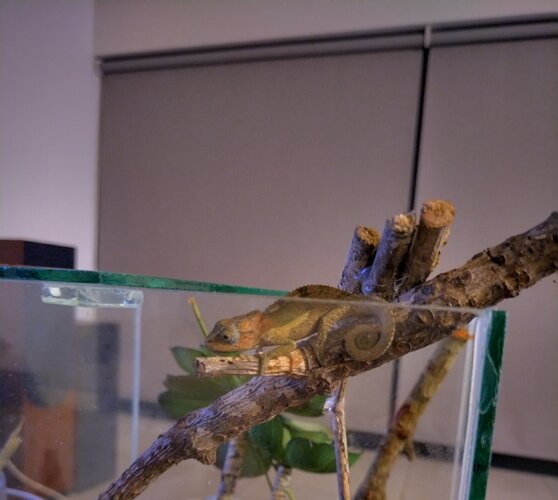krissybbz
New Member
Hello Everyone
I'm new here. Kindly advise, we found this little guy/girl and decided to keep him. I'm totally clueless when it comes to this. Could anyone advise me on the type of lizard or chameleon this is please? And what would be best for him/her?
Thanks
I'm new here. Kindly advise, we found this little guy/girl and decided to keep him. I'm totally clueless when it comes to this. Could anyone advise me on the type of lizard or chameleon this is please? And what would be best for him/her?
Thanks









